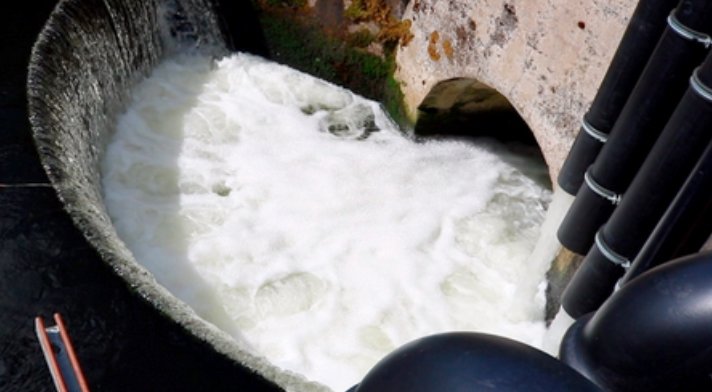In a significant move towards enhancing environmental standards, Scottish Water has announced major improvements to Scotland’s sewage network. This initiative aims to address the growing concerns over sewage spills and their impact on the environment. With plans to install additional sewage monitors and upgrade existing infrastructure, the project is set to bring about substantial changes in how sewage is managed across the country. The improvements are expected to enhance water quality and reduce the frequency of sewage overflows, benefiting both the environment and public health.
Enhancing Monitoring Capabilities
Scottish Water’s plan includes the installation of 1,000 new sewage monitors by the end of 2024. These monitors are designed to track the amount of waste being discharged from sewage pipes into rivers and seas. Currently, only a small fraction of Scotland’s extensive sewer network is monitored, which has led to concerns about the frequency and impact of sewage spills. The new monitors will provide real-time data, allowing for better management and quicker response to potential issues.

The initiative is part of a broader effort to improve transparency and accountability in sewage management. By increasing the number of monitored sites, Scottish Water aims to provide more comprehensive data on sewage discharges. This data will be crucial in identifying problem areas and implementing targeted solutions to reduce the environmental impact of sewage spills. The move has been welcomed by environmental groups, who have long called for more stringent monitoring and reporting of sewage discharges.
Addressing Environmental Concerns
The improvements to Scotland’s sewage network come in response to growing public concern over the environmental impact of sewage spills. In recent years, there has been a significant increase in the number of recorded sewage discharges, many of which have affected popular beaches and wildlife habitats. Untreated sewage contains harmful bacteria and viruses, posing a risk to both human health and the environment. The new measures aim to reduce the frequency of these spills and mitigate their impact.
Scottish Water has also committed to upgrading existing infrastructure to better handle periods of heavy rain, which often lead to sewage overflows. The upgrades will include the installation of additional storage capacity and the enhancement of treatment facilities. These improvements are expected to reduce the likelihood of sewage backing up into homes and businesses, providing a more reliable and efficient sewage management system.
Future Plans and Public Involvement
Looking ahead, Scottish Water has outlined a comprehensive plan to further improve the sewage network over the next decade. This includes continued investment in monitoring and infrastructure, as well as increased collaboration with environmental agencies and community groups. Public involvement will be a key component of the plan, with Scottish Water seeking input from local communities to identify priority areas and develop effective solutions.
The initiative has been praised for its proactive approach to addressing sewage management issues. By involving the public and working closely with environmental groups, Scottish Water aims to build a more sustainable and resilient sewage network. The improvements are expected to have a lasting positive impact on Scotland’s water quality, benefiting both the environment and the communities that rely on it.


















